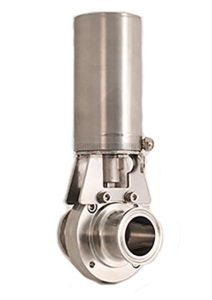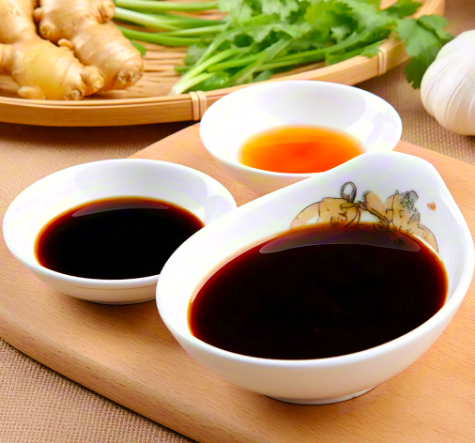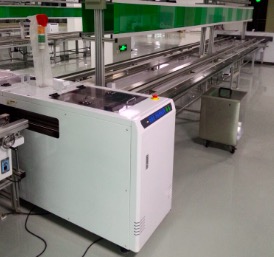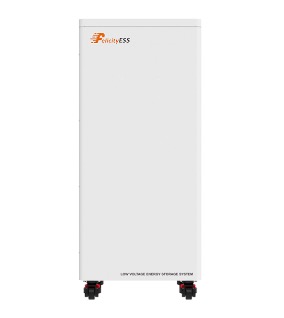目录
Working and Application of Pneumatic Butterfly Valve
At first glance, the pneumatic butterfly valve may not appear to be the most glamorous piece of equipment, but its role in our everyday lives is undeniable. From the water treatment plants ensuring clean drinking water to the factories producing life-saving medications, pneumatic butterfly valves play a crucial role in regulating flow control.
How does a Pneumatic Butterfly Valve Work?
Think of a thin metal disc, much like a butterfly’s wing, positioned in the center of a pipe. This disc, called the butterfly valve’s rotor, can be rotated to either allow or restrict the flow of the substance passing through the pipe. When the disc is perpendicular to the flow path, it acts as a barrier, stopping the flow completely. Conversely, a 90-degree rotation of the disc aligns it with the flow path, allowing the liquid or gas to pass freely. This simple yet effective design makes pneumatic butterfly valves ideal for various applications requiring on/off flow control.

The “pneumatic” in pneumatic butterfly valve refers to the use of compressed air to actuate the valve. An air pressure signal is sent to a pneumatic actuator, a small air-powered cylinder attached to the valve. This compressed air pushes a piston within the actuator, causing it to rotate a shaft connected to the butterfly disc. By controlling the air pressure and direction (open or closed), the valve can be precisely positioned, regulating the flow of the medium.
The Advantages of the Butterfly:
So, what makes pneumatic butterfly valves so popular across various industries? Here are some key advantages:
- Simple Design: Their straightforward design with few moving parts translates to ease of operation and maintenance.
- Quick Operation: The quarter-turn rotation of the disc allows for rapid on/off flow control.
- Cost-Effective: Compared to other valve types, pneumatic butterfly valves offer a more economical solution.
- Versatility: They can handle various liquids and gases, making them suitable for diverse applications.
- Compact Size: Their relatively compact footprint makes them ideal for space-constrained environments.
- Durability: Robust construction materials ensure long-lasting performance in demanding industrial settings.
Application of Pneumatic Butterfly Valve
The applications of pneumatic butterfly valves are extensive, a few examples include:
- Chemical Processing: Regulating the flow of chemicals in production lines.
- Water Treatment Plants: Controlling water flow throughout treatment processes.
- Food and Beverage Industry: Managing the flow of liquids and gases during food and beverage production.
- Oil and Gas Industry: Regulating the flow of oil and gas pipelines.
- Pharmaceutical Manufacturing: Controlling the flow of fluids in sterile environments.
- HVAC Systems: Regulating air and water flow in heating, ventilation, and air conditioning systems.
The pneumatic butterfly valve performs a vital role in our modern world. Its simplicity, efficiency, and versatility make it an essential component in countless industries, ensuring the smooth and precise flow of liquids and gases that keep our world running smoothly.
0





